Astronomy
-
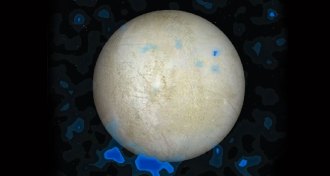 Planetary Science
Planetary ScienceEuropa vents water, Hubble data suggest
Plumes from ice-covered oceans would increase likelihood of life-friendly conditions on one moon of Jupiter.
By Andrew Grant -
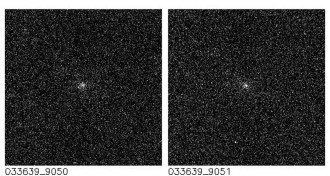 Astronomy
AstronomyComet ISON was punier than previously thought
The ice ball was probably no wider than New York’s Central Park.
-
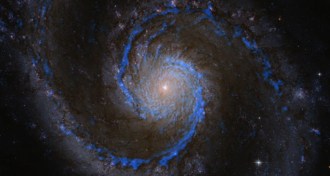 Astronomy
AstronomyGalaxy’s cloud catalog reveals hydrogen fog
Fifty percent of the molecular hydrogen exists in a gas layer that spreads throughout the Whirlpool galaxy and envelopes the giant clouds where stars form.
-
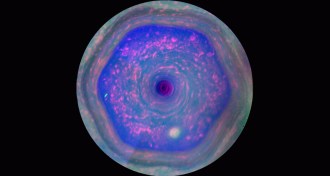 Astronomy
AstronomySaturn’s six-sided cloud pattern gets a close look
New images show particles in the planet’s hexagonally shaped jet stream.
-
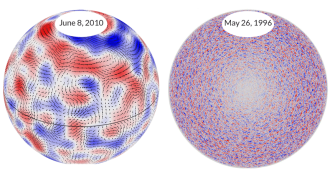 Astronomy
AstronomySun’s rotation driven by enormous plasma flows
Long-lasting plasma flows 15 times the diameter of Earth transport heat from the sun’s depths to its surface, helping explain solar rotation.
-
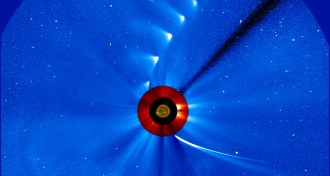 Astronomy
AstronomyISON appears to have broken up after brush with sun
Comet ISON has disintegrated in the sun’s intense heat and gravity, according to a growing consensus among astronomers.
-
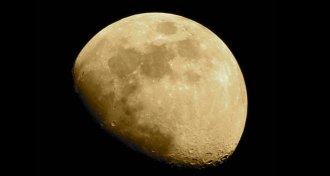 Planetary Science
Planetary ScienceMoon wears dusty cloak
Old data from Apollo missions stir up debate about speed of lunar dust accumulation.
By Meghan Rosen -
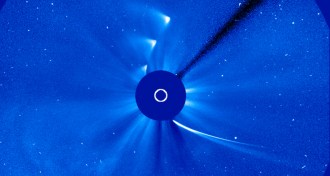 Astronomy
AstronomyISON seems to have survived close call with sun
Comet ISON seems to have emerged from its brush with the sun diminished but intact, according to the latest reports.
-
 Astronomy
AstronomyComet ISON approaches sun for Thanksgiving flyby
On Thanksgiving, Comet ISON will pass near the sun and may disintegrate.
-
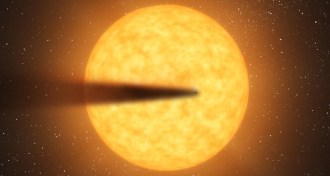 Astronomy
AstronomyDust cloud, tail could explain exoplanet’s odd light pattern
KIC 12557548 b may be ejecting dust from its surface, creating a cometlike tail behind it and an opaque envelope of material around it.
-
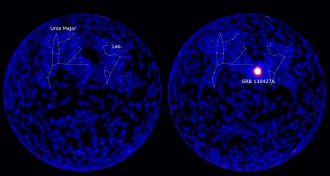 Astronomy
AstronomyBright gamma-ray burst tests idea of event’s origins
High-energy light particles suggest that physicists need to revise their theories explaining the origin of these cosmic blasts.
-
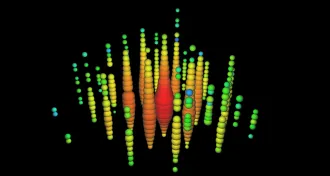 Astronomy
AstronomyHigh-energy neutrinos ensnared from beyond the solar system
Speedy particles detected in Antarctica may point to gargantuan black holes or cataclysmic explosions.
By Andrew Grant